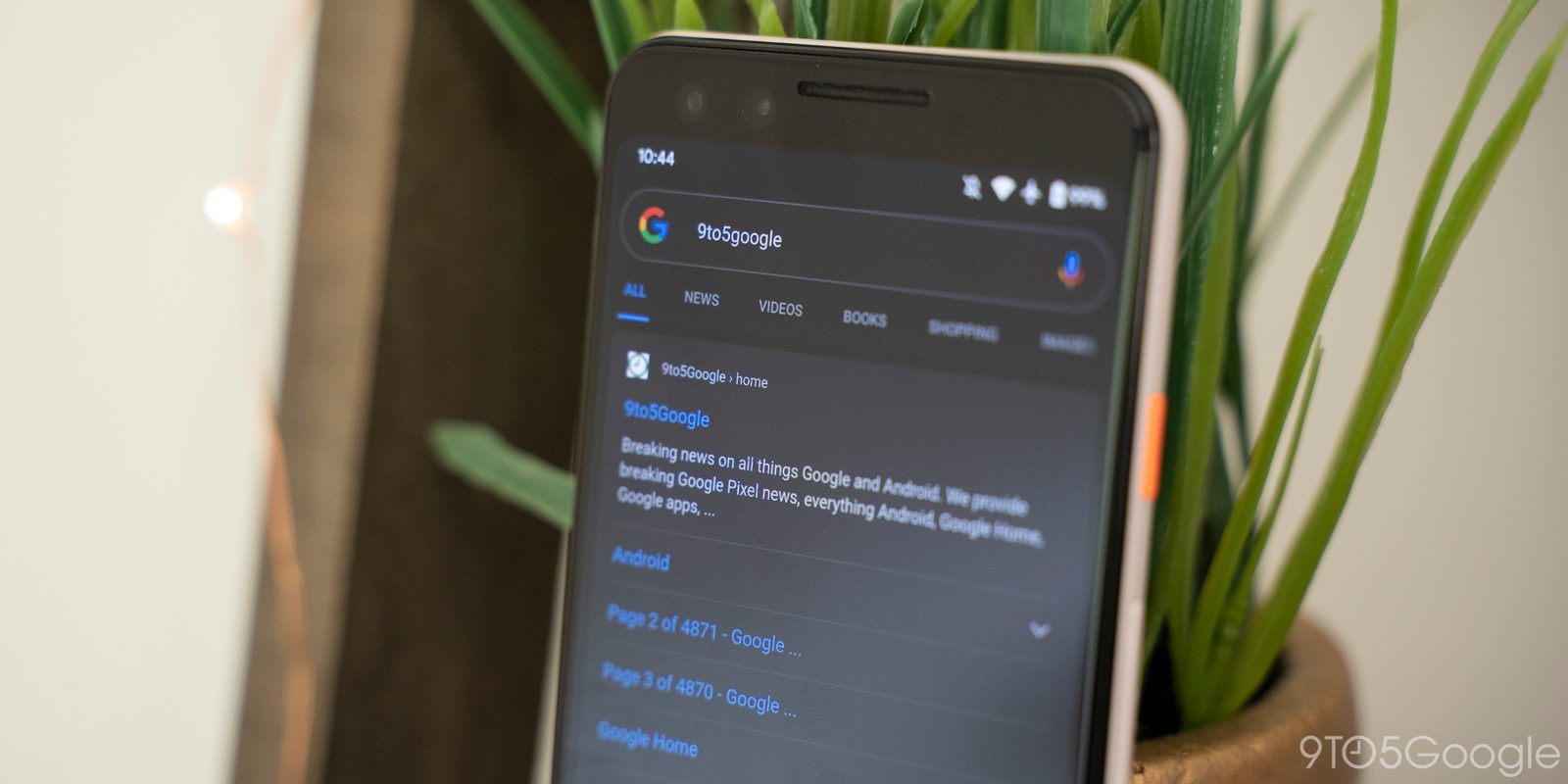
Many users today primarily interact with the mobile web, given the worldwide proliferation of phones. Google Search set out on accounting for this change in 2016, and later this year will use mobile-first indexing for the whole web.
Google continuously crawls the web to index and rank websites so that Search results stay relevant. The company historically analyzed the desktop version of a page, but in 2018 began looking at the mobile counterpart to provide results that are more representative of how people are browsing globally.
This September, Google will default to mobile-first indexing for all websites. This follows new websites getting that treatment last July.
From our analysis, most sites shown in search results are good to go for mobile-first indexing, and 70% of those shown in our search results have already shifted over.
Before that deadline, Google will continue to move sites to mobile-first indexing when its “systems recognize that they’re ready.” The transition period involves an increase in Googlebot crawling as the mobile version of a site is indexed:
Depending on the domain, this change can take some time. Afterward, we’ll still occasionally crawl with the traditional desktop Googlebot, but most crawling for Search will be done with our mobile smartphone user-agent.
Site owners can check the Search Console and URL Inspection Tool for the mobile-first status, while Google’s guidance recommends responsive web design and not separating mobile URLs.
Our guidance on making all websites work well for mobile-first indexing continues to be relevant, for new and existing sites. In particular, we recommend making sure that the content shown is the same (including text, images, videos, links), and that meta data (titles and descriptions, robots meta tags) and all structured data is the same. It’s good to double-check these when a website is launched or significantly redesigned.
FTC: We use income earning auto affiliate links. More.



Comments